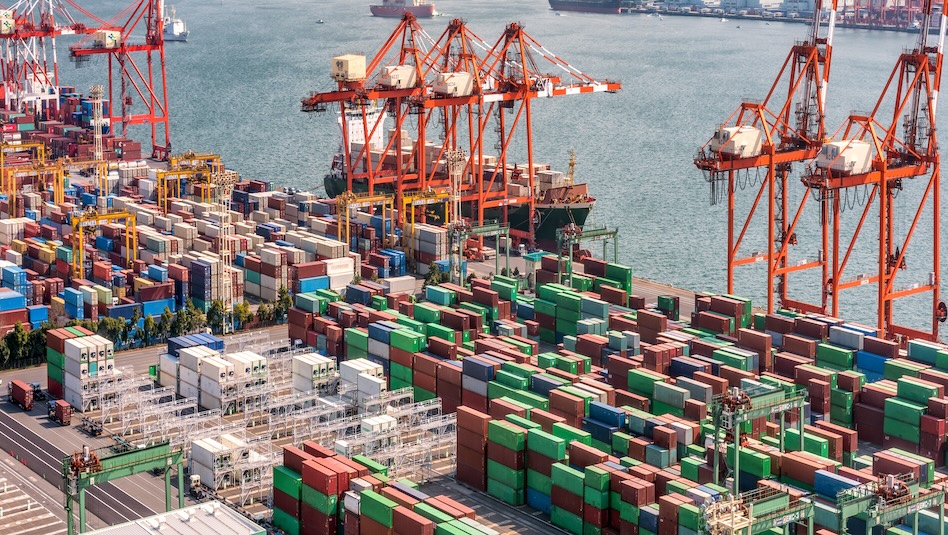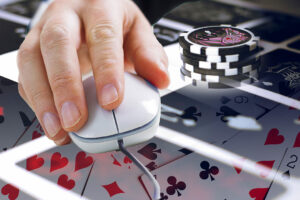The Philippines’ unemployment rate went down to 3.9% in May from 4.1% in April, with the number of individuals in the labor force hitting an all-time high, the government reported on Tuesday.

The number of jobless Filipinos declined to 2.03 million in May from 2.06 million in April and 2.11 million a year earlier, according to the results of the Philippine Statistics Authority’s (PSA) latest Labor Force Survey released on Tuesday.
Year on year, the jobless rate likewise went down from 4.1% in May 2024.
The country’s unemployment rate averaged at 4% in the first five months of 2025, unchanged from the same period last year.
National Statistician Claire Dennis S. Mapa attributed the drop in the May unemployment rate to a “substantial” growth in the ranks of Filipinos aged 15 years and older in the labor force.
“The increase in our labor force participation is substantial — there was a 1.35 million increase year on year,” he told a news briefing. “Usually, when labor force participation increases, unemployment also goes up. But this time is different — almost everyone was absorbed, and unemployment declined.”
“Our only concern is that underemployment increased (year on year),” he added. “Our underemployment rate last year was only 9.9%, it increased by 1.79 million to 13.1%. Those who entered the labor market, while they were employed, not all of them were full-time employees. So, they also contributed to the underemployment rate.”
PSA data showed that 52.32 million Filipinos were part of the labor force in May, rising from 50.74 million in April and the 50.97 million working Filipinos recorded in May 2024.

This was the highest recorded number since April 2005, which was when the PSA began tracking the data, it said.
The labor force participation rate (LFPR), or the proportion of the working-age population (15 years old and over) that is part of the labor force, rose to 65.8% in May from 63.7% in April and 64.8% in the same month last year.
Meanwhile, the underemployment rate — those who want longer working hours or an additional job — eased to 13.1% in May from 14.6% in April but climbed from 9.9% in the same month last year.
This translated to 6.6 million Filipinos looking for additional jobs or longer working hours, 489,000 lower than the 7.09 million in April. Year on year, this was up from 4.82 million in May 2024.
For the five-month period, the underemployment rate averaged 12.9%, up from 12.3% last year.
Department of Economy, Planning, and Development (DEPDev) Secretary Arsenio M. Balisacan said the increase in labor force participation in May indicated a “healthy and competitive” job market.
“Generally, a larger workforce can lead to increased economic output and potentially higher GDP (gross domestic product) growth, as more people contribute to the economy,” Mr. Balisacan said in a statement.
“This also reflects growing confidence in the labor market and the impact of ongoing efforts to expand access to employment opportunities across sectors,” he added.
The Philippines is targeting a GDP growth of 5.5%-6.5% for 2025.
The DEPDev added that the Philippine’s unemployment rate remains lower than those in China (5%) and India (5.6%), but higher than Malaysia (3%) and Vietnam (2.2%).
Finance Secretary Ralph G. Recto said in a statement that higher labor participation shows that more Filipinos are seeing better work opportunities and is a sign of economic development.
Mr. Balisacan said the government’s planned infrastructure projects can help attract job-generating investments.
He added that efforts to equip Filipinos with in-demand skills and competencies can help our workforce remain agile amid a competitive labor market
“We will leverage recently enacted policy reforms to improve upskilling and reskilling initiatives.”
Employment rate
The PSA also reported that the employment rate inched up to 96.1% in May from 95.9% in both April 2025 and May 2024.
The number of Filipinos with jobs grew to 50.29 million in May from 48.67 million the previous month and 48.87 million in the same month last year.

By sector, services remained the top employer for the month, accounting for 61.8% of total employed persons, followed by agriculture (21.1%) and the industry sector (17.1%).
Wholesale and retail trade; repair of motor vehicles and motorcycles saw the largest annual increase in jobs during the month, adding 489,000 jobs. This was followed by agriculture and forestry (469,000), administrative and support service activities (371,000), accommodation and food service activities (365,000), and other service activities (175,000).
On the other hand, manufacturing posted the biggest annual decline in employment (374,000). This was followed by construction (298,000); mining and quarrying (82,000); public administration and defense and compulsory so-cial security (54,000); and water supply and sewerage, waste management and remediation activities (50,000).
By class of worker, wage and salary workers accounted for 62.8% of the workforce in May, followed by self-employed individuals without paid employees (27.9%), unpaid family workers (7.5%), and employers in family-operated farms or businesses (1.8%).
Working hours averaged 39.8 hours per week in May, slightly lower than the 39.9 hours in April. Average working hours also fell year on year from the 40.6 hours per week recorded in May 2024.
Inflation woes
However, analysts said the increase in labor participation seen in May was likely a result of inflation concerns.
“High inflation, uncertainties, and insufficient employment opportunities made people, including those that were initially part of the labor force, go out and contribute to the financial resources of the family. Having just one earner in the family is no longer enough — not even two earners,” Maria Ella Calaor-Oplas, an economics professor who specializes in human capital development research at De La Salle University, said in a Facebook Messenger chat.
She added that the midterm elections likely boosted employment opportunities.
“The LFPR is plausibly increasing because family incomes are so low, and prices of basic goods and services are so expensive, that more household members are driven to more actively seek work,” IBON Foundation Executive Director Jose Enrique “Sonny” A. Africa likewise said in a Viber message. “Unpacking this seemingly favorable increase shows more and more Filipinos trying to scrape out a living from whatever informal and poor-quality work they can find from an economy that is failing to create regular and decently paying work.”
Mr. Africa said the government should focus on developing the agriculture and industrial sectors to boost employment.
Federation of Free Workers President Jose Sonny G. Matula also said that the government should focus on domestic-led job creation by supporting small businesses and cooperative and rural enterprises and providing better wages, as the year-on-year increase in underemployment shows that many jobs in the country are “still low-paying or insecure.” — Adrian H. Halili, Reporter







 DOWNLOAD
DOWNLOAD


















